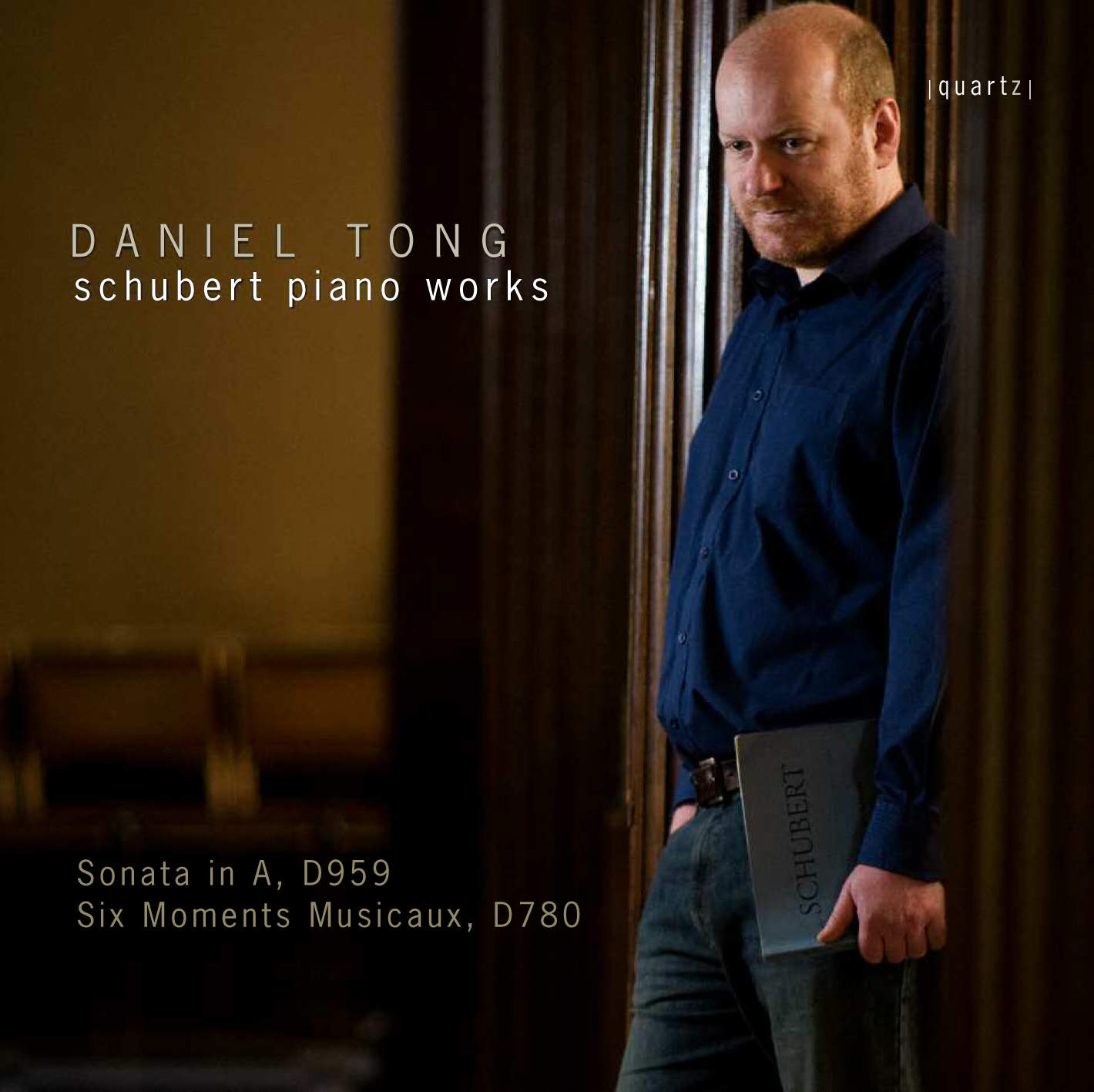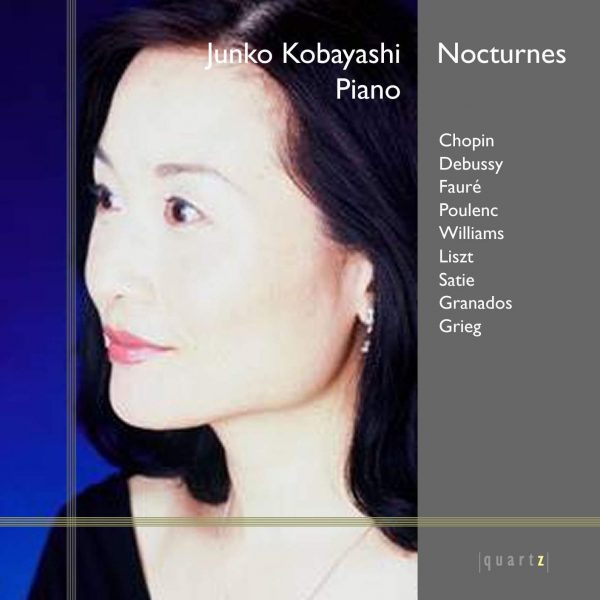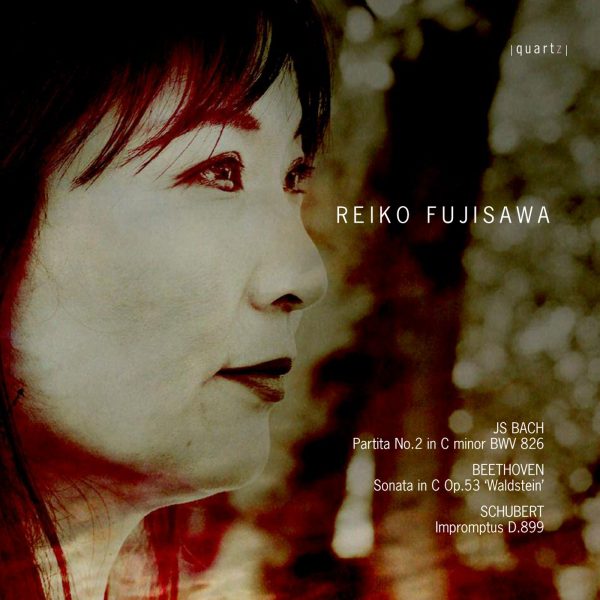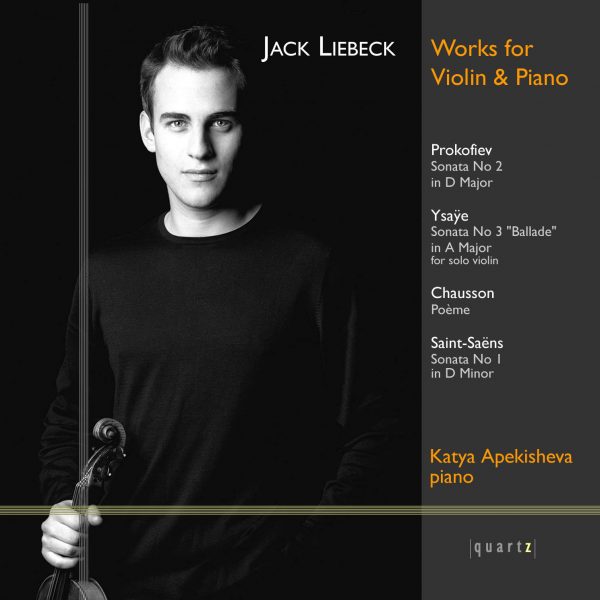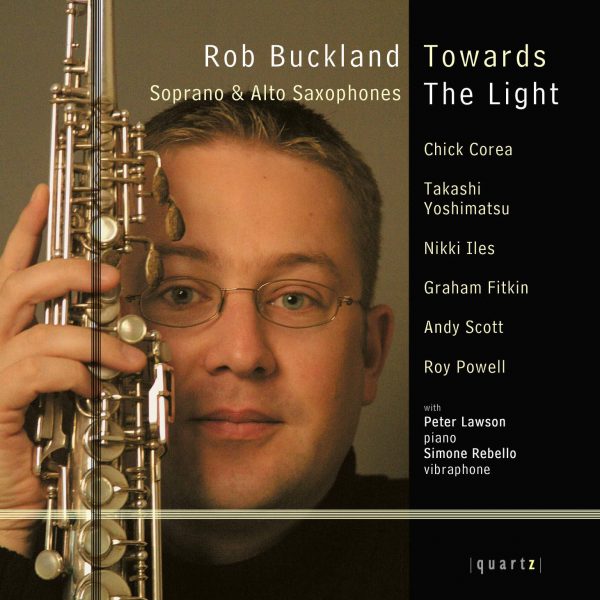Schubert Piano Works
Price range: £5.99 through £11.99
Franz Schubert
Works for Piano
PIANO SONATA NO.20 IN A D959
Allegro
Andantino
Scherzo: Allegro vivace
Rondo: Allegretto
SIX MOMENTS MUSICAUX D780
Moderato, C major
Andantino, A flat major
Allegro moderato, F minor
Moderato, C sharp minor
Allegro vivace, F minor
Allegretto, A flat major
About This Recording
FRANZ SCHUBERT:MOMENTS MUSICAUX, D780SONATA IN A MAJOR, D959
The romantic myth of Schubert’s neglect and isolation from the Viennese musical mainstream dies hard. His fame as a song composer had grown rapidly since the publication of Erlkönig as his Opus 1 in 1821; and during the remaining seven years of his life his songs, partsongs and keyboard dances and marches were in healthy demand among Viennese publishers. With the rapid growth of the lucrative (especially for publishers) domestic market, there was a new fashion for the short, ‘characteristic’ piano piece that made relatively modest demands on the player’s technique. In 1822 the Viennese-based Bohemian composer Jan Voríšek, who moved in the same circles as Schubert, published a set of miniatures under the then novel title ‘impromptus’. Schubert capitalised on this trend both with his own impromptus – though in several cases he gave the publishers rather more than they bargained for – and with the six pieces published in 1828 as ‘Momens musicals’ by the firm of Sauer & Leidesdorf, whose eye for a catchy moniker evidently exceeded their grasp of French.
While most of the Moments musicaux seem to date from the summer or autumn of 1827 – the year of Winterreise – two were composed several years earlier. No.3 in F minor, the most popular, and the easiest to play passably well, had appeared in a Christmas Album musical in 1823 as ‘Air russe’, while No.6 in A flat followed in the same album a year later under the sentimental title Plaintes d’un troubadour. While these six pieces never approach the scale of some of Schubert’s impromptus, they are anything but miniature in their expressive range and their imaginative exploitation of the suggestive power of the keyboard. No.1 in C is an open-air piece that evokes far-off trumpets or Alpine horns. Schubert’s favourite equivocations between major and minor colour both the outer sections and the central ‘trio’, with its soft, rich sonorities. No.2 in A flat, contrasts a hypnotic lullaby (in textures that often suggest a string quintet) with two episodes in the startlingly remote key of F sharp minor, the first wistful, the second vehement before melting poetically from minor to major.
After the delicately balletic third Moment musical – Viennese with a faintly exotic Hungarian twist, rather than Russian – the fourth piece, No.4 in C sharp minor, refracts a stern Bachian prelude through a Romantic prism. Its major-keyed middle section, with its persistent offbeat accents, sounds like a mysterious, spiritualised Slavonic dance. No.5 in F minor, with its relentlessly pounding dactyls and abrupt dynamic contrasts, could almost be one of Beethoven’s more splenetic late bagatelles, though the breathtaking remote modulations in the second half are quintessential Schubert. There is a more tangible Beethoven connection with the exquisite final Moment musical, Schubert’s Romantic take on a Classical minuet and trio, based on a sequence of yearning appoggiaturas that recall the minuet second movement in Beethoven’s Piano Sonata Op.10 No.2. The deep, sonorous D flat Trio evokes trombones and horns: one of so many instances in these inspired miniatures where Schubert uses the keyboard to conjure other sound worlds.
By the time the Moments musicaux were published in July 1828 Schubert’s precarious health had deteriorated to the point where was frequently plagued by headaches, giddiness and attacks of nausea. Yet he not only kept up a more-or-less active social life but continued to work at a feverish rate, almost as if he sensed that time was running out. In September – a mensis mirabilis if ever there was one – he completed four visionary masterpieces that crowned his work as a composer of instrumental music: the C major String Quintet, and Three Piano Sonatas (D958, D959 and D960) which he intended to publish as a set with a dedication to the famous composer-virtuoso Johann Nepomuk Hummel. When the firm of Diabelli finally published the sonatas in 1839 Hummel was dead; and instead Diabelli dedicated them to a new champion of Schubert’s music, Robert Schumann.
The magnificent series of instrumental works Schubert produced after Beethoven’s death in March 1827 suggests that the self-effacing former schoolteacher who never dared approach the master in his lifetime (though he was a pall-bearer at his funeral) was eager to establish himself as his successor as a composer of instrumental music. To reinforce the point, in all three sonatas but especially the C minor, D958, and the A major, D959, he draws directly on Beethovenian precedents. In the Sonata in A major the movement most indebted to Beethoven is the finale, modelled closely on the last movement of the Sonata in G major, Op.31 No.1: not so much in its theme (which Schubert adapted from one of his own earlier sonatas, in A minor, D537) but in its structure (a sonata rondo) and textures, right down to the fragmentation of the theme in the coda and the whirlwind Prestissimo send-off but the movement remains utterly Schubertian. Where Beethoven is terse, Schubert is luxuriantly expansive in his lyricism. There is no Beethovenian parallel for such an audacious stroke as the opening of the recapitulation in a remote F sharp major; and whereas Beethoven’s deceptions and pauses in the coda are pure comedy, Schubert’s are tinged with disquiet. In a final unprecedented ploy, Schubert rounds off the movement and the whole sonata, with an oblique but unmistakable allusion to the work’s opening bars, the kind of unifying cyclic device that was later taken up by Liszt, Schumann et al.
In the first movement the orchestrally-inspired opening theme – especially the laconic marcato figures in the bass – generates some trenchant motivic argument à la Beethoven, but Schubert’s leisurely time-scale and colourful, sensuous harmonic shifts are entirely his own. There is nothing remotely Beethovenian about the central development, where Schubert uses a whimsical, decorative fragment, first heard at the end of the exposition, as the basis for calm lyric sequences, oscillating hauntingly between the keys of C and B major. In the coda the once-assertive main theme is reduced to a whisper, with quizzical harmonic sideslips, before the movement dissolves into the ether.
Whether consciously intended or not, there are thematic links between the first movement’s opening theme and the two central movements. The marcato dipping octave figure features prominently both in the accompaniment of the Andantino and in the skittish, aerial theme of the Scherzo. The Scherzo’s trio, relaxing into the key of the subdominant, D major, then reinterprets the sonata’s initial theme, with the falling octaves now inverted.
Many of Schubert’s late slow movements – most famously that of the String Quintet – are built on extreme contrasts of calm and turbulence. Here, though, the disruptive violence of the central section is without parallel. The initial remote, melancholy barcarolle is confronted by an increasingly frenzied fantasia-cumcadenza that destroys the sense of tempo and tonality and pushes the music to the brink of incoherence. Alfred Brendel has aptly described this terrifying, prophetic eruption as the equivalent of a nervous breakdown: a world away from the familiar, gemütlich Schubert of the Moments musicaux but a searing expression of an equally crucial aspect of his musical persona and dare one say, of the despair that intermittently raged within the man himself.
© 2012 Richard Wigmore
Track Listing
-
Franz Schubert
- Piano Sonata No 20 in A D959 (i) Allegro
- Piano Sonata No 20 in A D959 (ii) Andantino
- Piano Sonata No 20 in A D959 (iii) Scherzo - Allegro vivace
- Piano Sonata No 20 in A D959 (iv) Rondo: Allegretto
- Six Moments Musicaux D780 (i) Moderato - C major
- Six Moments Musicaux D780 (ii) Andantino - A flat major
- Six Moments Musicaux D780 (iii) Allegro moderato - F minor
- Six Moments Musicaux D780 (iv) Moderato - C sharp minor
- Six Moments Musicaux D780 (v) Allegro vivace - F minor
- Six Moments Musicaux D780 (vi) Allegretto - A flat major
